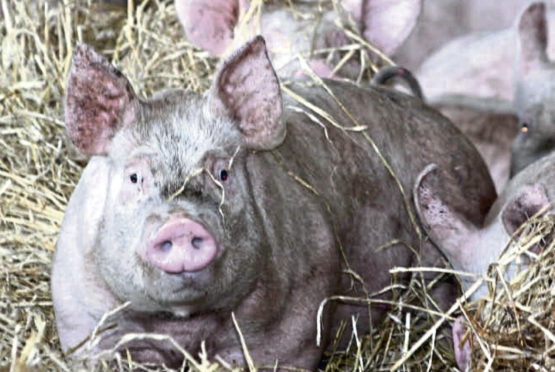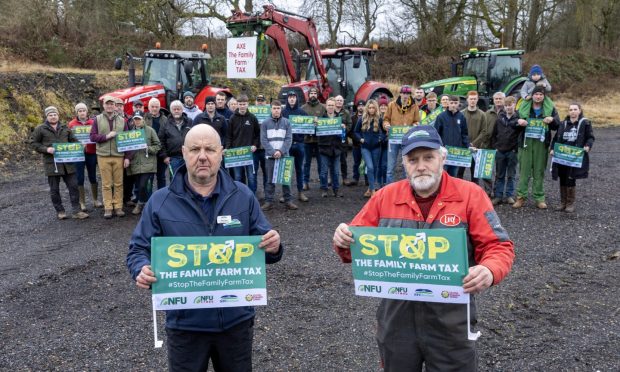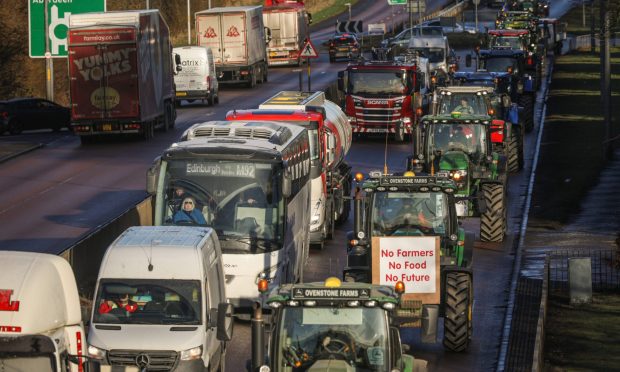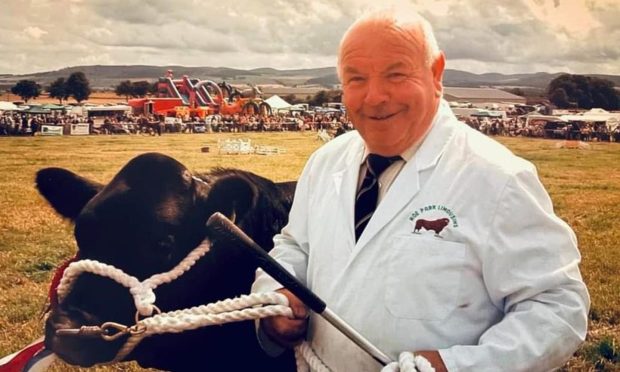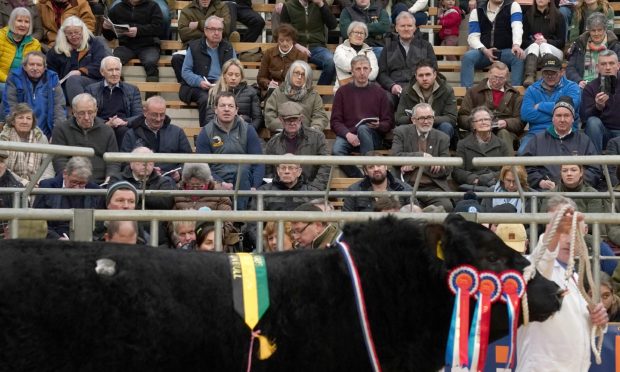One of Scotland’s pig industry leaders has called for governments to harness his sector’s world-leading data research systems to ensure any outbreak of African Swine Fever (ASF) in the UK is managed efficiently.
As the disease continues to ravage pig herds across the world and experts predict it is only a matter of time before it arrives here, Andy McGowan, chief executive of Scottish Pig Producers, told an audience of scientists that government agencies could make more use of the real-time data the Scottish industry already has at its fingertips.
“I’m not saying there is a lack of preparation for ASF, but governments are overlooking some of the tools that could be developed and are more fit for purpose,” he said.
“If there’s an outbreak I don’t want government using out-of-date information or having to blow the dust off systems because they’re not familiar with them or they need to wait until they’re updated – because a week later the disease would be away from us.
“Rapid response only comes with familiarity. We’ve spent the money developing world leading systems, but we’re only using them as research tools and they need to become the core operational tools. We’re already beginning to do that ourselves.”
Mr McGowan was speaking at a pig and poultry event where industry leaders briefed scientists on the research priorities for their sectors.
His “shopping list” included more work into alternatives to farrowing crates and indoor pig units, a matrix for assessing animal welfare – and finding a cure for ASF, the disease which has already killed a quarter of the world’s pigs.
He added: “Another key one for us is finding better measuring tools to assess our carbon position.
“We think the emission figures submitted to the Scottish Government’s inventory for the pig sector are far too high.
“They are using global values, but initial work we’ve done for the Scottish sector are far lower, so we need to come up with better tools on that one.
“About half the emissions come from the use of soya as a feedstock, so if we can tackle that we can make big dents in the carbon footprint of pig production in Scotland.”
Referring to last week’s Channel 4 programme, Apocalypse Cow, in which environmentalist George Monbiot advocated using laboratory-produced protein to feed humans, Mr McGowan called on scientists to look instead at adopting the idea as a replacement for soya in animal rations.
“I’m not keen on eating it myself, but I’d be happy to feed it to livestock if it’s safe and cheap,” he added.
In his address Robert Gooch, the chief executive of the British Free Range Egg Producers Association, focused on welfare considerations such as how to improve feather cover, ways of coping when beak trimming is banned and whether scientists could help his industry meet consumer demands for large eggs without damaging hen welfare.
nnicolson@thecourier.co.uk
